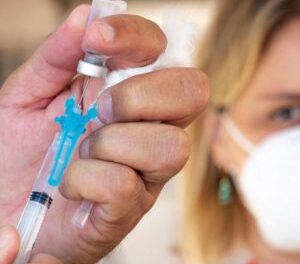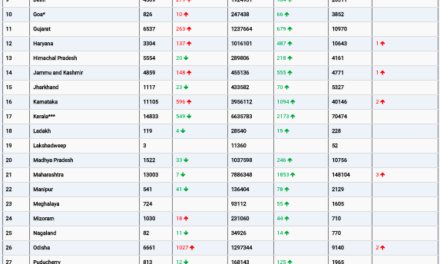St. Louis, MO – Migraines, a debilitating neurological disorder characterized by pulsating cranial pain, nausea, vomiting, and hypersensitivity to light and sound, are not just a bad headache but a complex medical condition. Recent studies led by Dr. Hadas Nahman-Averbuch at Washington University School of Medicine aim to identify adolescent girls at risk of developing this condition and understand the role puberty plays in migraine onset.
Migraines often strike unexpectedly and at inconvenient times, making their management particularly challenging. Dr. Nahman-Averbuch, a renowned expert in pediatric pain and migraine disorders, is spearheading two observational studies to delve deeper into why some adolescent girls develop migraines while others do not. The research is supported by $6 million in grants from the National Institutes of Health (NIH).
“During adolescence, we see a significant increase in the prevalence of migraine diagnoses in girls,” said Dr. Nahman-Averbuch, who is also an assistant professor of anesthesiology at the university. “We aim to understand the changes that precede migraine onset and identify those at risk. This knowledge could lead to new therapies and interventions that, if applied early, may prevent or manage migraines more effectively.”
The first study focuses on 200 girls aged 10 to 13, who are monitored over two years. Participants undergo magnetic resonance imaging (MRI) to examine brain connectivity between the amygdala and prefrontal cortex, regions implicated in pain perception and response. Researchers are particularly interested in how changes in these brain interactions correlate with migraine frequency and whether they can predict who will develop migraines.
Additionally, the study investigates whether girls with a family history of migraines exhibit different brain changes compared to those without such a history. Dr. Nahman-Averbuch suspects that heightened sensitivity to sensory stimuli, such as heat, cold, and pressure, might serve as an early indicator of migraine risk.
The second study tracks 180 adolescents diagnosed with migraines, comparing them with a control group of migraine-free boys and girls from the first study. This research aims to explore how puberty impacts migraine severity and incidence, focusing on the role of sex hormones like estrogen, testosterone, and progesterone.
“Puberty brings about numerous biological, psychological, and social changes that could influence the pain system,” Dr. Nahman-Averbuch explained. “By identifying these changes and their impact on migraine development, we hope to create targeted interventions and preventive strategies.”
The studies also address the challenge that current treatments for migraines in adolescents are limited, as newer medications are primarily approved for those 18 and older. By advancing our understanding of migraine triggers and their relationship with puberty, these studies aim to pave the way for more effective treatments and early interventions for young sufferers.
For further information, visit Washington University School of Medicine’s Pain Across the Lifespan lab website.
Source: Washington University School of Medicine in St. Louis












